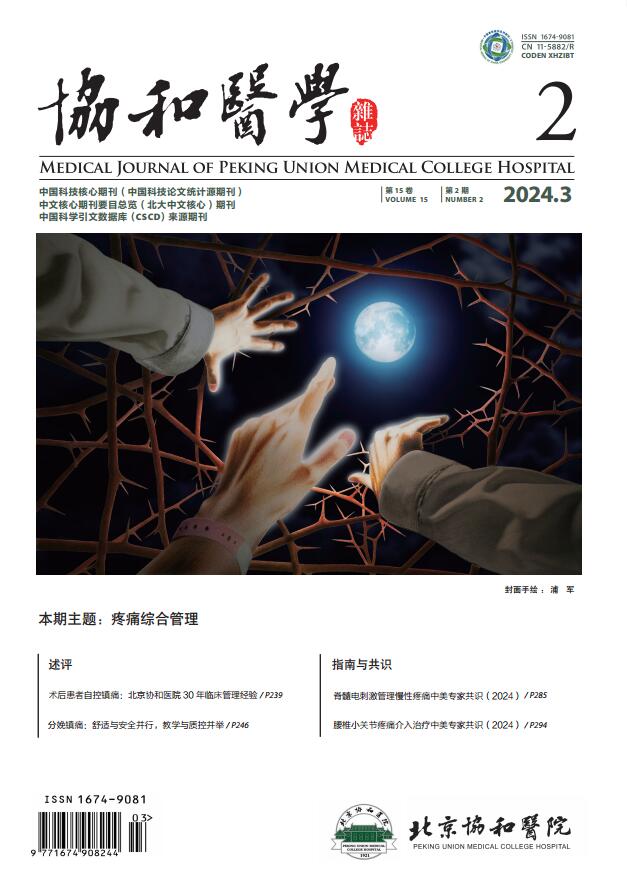2023 Vol. 14, No. 6
Display Method:
2023, 14(6): 1125-1130.
doi: 10.12290/xhyxzz.2023-0380
Abstract:
2023, 14(6): 1142-1148.
doi: 10.12290/xhyxzz.2023-0374
Abstract:
2023, 14(6): 1149-1154.
doi: 10.12290/xhyxzz.2023-0367
Abstract:
2023, 14(6): 1162-1169.
doi: 10.12290/xhyxzz.2023-0409
Abstract:
Abstract:
Abstract:
2023, 14(6): 1189-1196.
doi: 10.12290/xhyxzz.2023-0472
Abstract:
2023, 14(6): 1203-1207.
doi: 10.12290/xhyxzz.2023-0364
Abstract:
2023, 14(6): 1208-1216.
doi: 10.12290/xhyxzz.2023-0163
Abstract:
2023, 14(6): 1224-1230.
doi: 10.12290/xhyxzz.2023-0224
Abstract:
2023, 14(6): 1231-1237.
doi: 10.12290/xhyxzz.2023-0215
Abstract:
2023, 14(6): 1238-1245.
doi: 10.12290/xhyxzz.2023-0281
Abstract:
2023, 14(6): 1246-1250.
doi: 10.12290/xhyxzz.2023-0161
Abstract:
2023, 14(6): 1266-1273.
doi: 10.12290/xhyxzz.2023-0235
Abstract:
2023, 14(6): 1282-1288.
doi: 10.12290/xhyxzz.2023-0217
Abstract:
2023, 14(6): 1289-1295.
doi: 10.12290/xhyxzz.2023-0223
Abstract:
2023, 14(6): 1296-1300.
doi: 10.12290/xhyxzz.2023-0064
Abstract:
2023, 14(6): 1301-1309.
doi: 10.12290/xhyxzz.2023-0062
Abstract:
2023, 14(6): 1310-1318.
doi: 10.12290/xhyxzz.2023-0455
Abstract:
2023, 14(6): 1319-1324.
doi: 10.12290/xhyxzz.2023-0096
Abstract:
2023, 14(6): 1330-1334.
doi: 10.12290/xhyxzz.2023-0263
Abstract:
2023, 14(6): 1335-1339.
doi: 10.12290/xhyxzz.2023-0234
Abstract:

 Submit
Submit Review
Review Office
Office Email Alert
Email Alert RSS
RSS
 HTML
HTML PDF
PDF
































